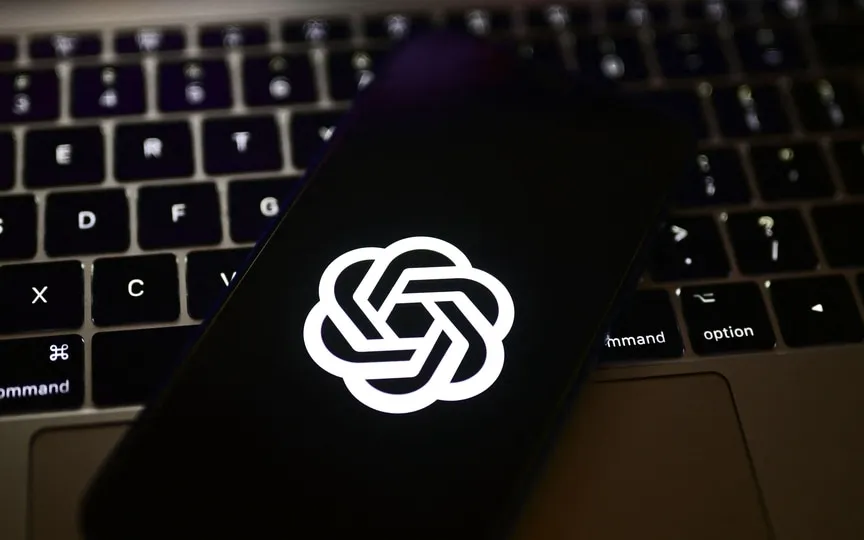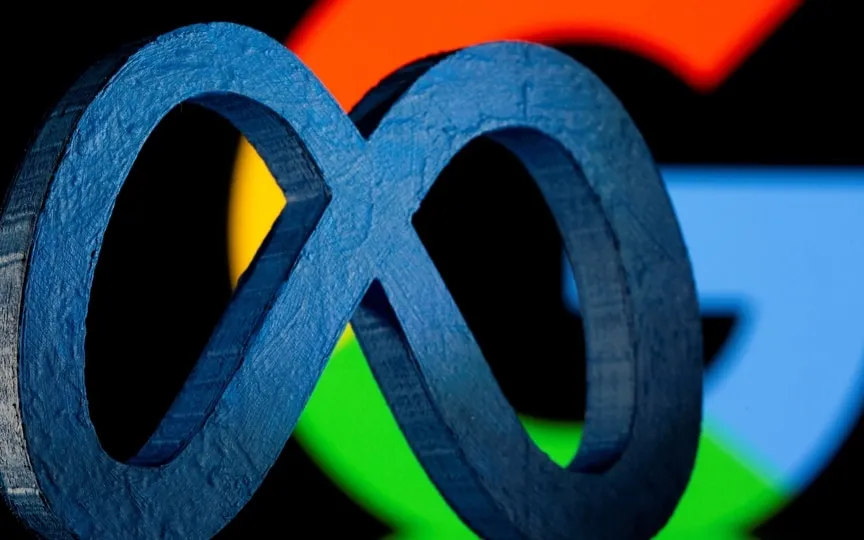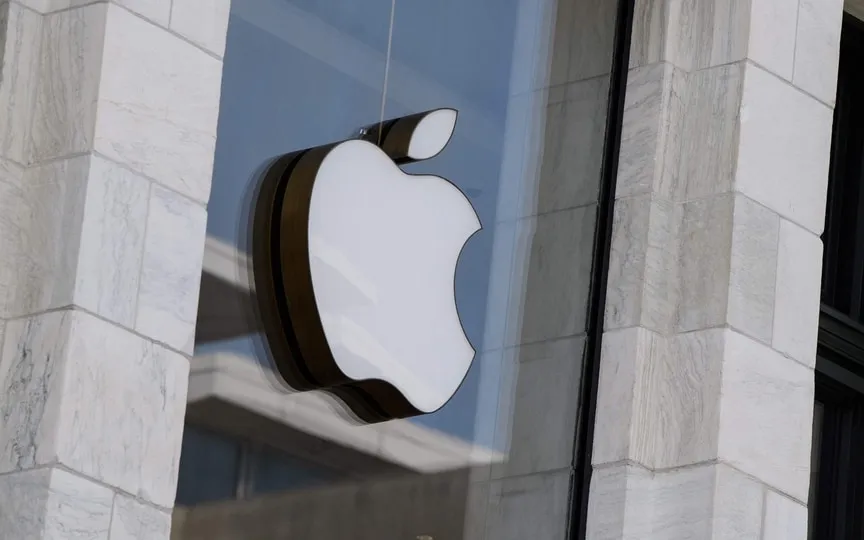2023’s AI Chatbot Roundup: From ChatGPT to Google Bard and Bing AI – Don’t Miss Out!
What a remarkable year it has been for artificial intelligence! The initial impact made by OpenAI’s ChatGPT in 2022 has now escalated into a fierce competition among various tech companies to introduce their own chatbots. Giants like Google, Microsoft, Snap, Meta, along with several innovative startups, have unveiled their own impressive large language models (LLMs) and, consequently, generative AI chatbots. Notably, ChatGPT 3.5 received an update to its knowledge base, reflecting the latest information from 2022, while chatbots such as Google Bard and Bing AI possess the ability to access real-time internet knowledge. As the dust settles, it begs the question: which AI-powered assistants will earn a spot on the esteemed ‘best AI chatbots of 2023’ list? Let us delve deeper into this matter.
1. ChatGPT
Created by OpenAI, ChatGPT can be considered a pioneer of the generative AI chatbot trend. One of the most popular AI assistants, it is based on the Generative Pre-trained Transformer (GPT) architecture, which feeds the program a large amount of text data to help the AI learn the nuances of human language. You can ask ChatGPT any question and it will find an answer curated according to the details of your query. Its GPT-based training also allows for special tasks such as coding, providing recipes with ingredients, and even writing essays, stories, and poems. In addition, it remembers previous prompts and adapts to the user when used during a long session. Currently, its database is up to January 2022, meaning it cannot answer queries related to events that occurred after that.
According to our experience, it is effective in text production tasks and broad-based issues. The chatbot does a decent job of providing information. However, when presented with nuanced questions, we observed hallucinations of the AI, where it gave incorrect or misleading information.
2. Google Bard
Google Bard is based on the company’s next-generation language and conversational capabilities based on their LaMDA language model. It is available in 46 languages and 238 countries. Google Bard, unlike ChatGPT, has real-time memory because it pulls its data directly from the Internet. It also provides multiple answers for each query that the user can refer to if they don’t like the primary one. When a user issues a prompt, Bard uses the context of the prompt and interaction with the user to create multiple versions of the response. Bard can also display results with images. It also has extensions for other Google products like Drive, Location, and YouTube. So it can also to some extent answer the questions related to these platforms.
In our experience, Bard is a superior chatbot when it comes to current affairs. It is able to provide the latest information by researching it through the internet. It also tends to provide answers in bullet form, which makes it easier to read and easier to understand the topics.
However, it is also more prone to inaccuracies and absurdly wrong answers. The question “Which African country starts with K?” produces the response “There are actually no countries in Africa that begin with the letter ‘K’!”. This is of course wrong because Kenya starts with K. This problem seems to have arisen because the AI chatbot is scraping some high-ranking websites with this inaccurate information.
3. Bing AI
Bing Chatbot is a large language (LLM) chatbot developed by Microsoft. It is currently available on the Bing search engine and the Bing app. Like all chatbots, it can also answer most user queries and generate text, email drafts, and more. It can also create various creative text formats like poems, code, scripts, music tracks, letters, etc. Apart from that, it can also help with unique tasks like booking appointments, travel arrangements, and online shopping.
In our experience, Bing AI is a useful tool that can help with surveys, but also with other tasks like booking appointments and the like. It also sticks to concise, search-based answers, which helps avoid inaccuracies to a large extent. However, it is still capable of hallucinations, and its responses are more general than either Bard or ChatGPT.
4. Ernie Bott
Ernie, which stands for Enhanced Representation through Knowledge Integration, is a conversation-based AI chatbot developed by the Chinese company Baidu. It is currently China’s answer to OpenAI’s ChatGPT. It is based on Baidu’s in-house Large Language Model (LLM) Ernie 3.0-Titan and Pre-trained Dialogue Generation Model (PLATO). Ernie offers multimodal capabilities, meaning users can interact with the AI service using text and images in both prompts and responses.
Although we couldn’t test the Ernie bot, several reports claim that it works much like ChatGPT. This means that it gives you answers in a formal tone and provides bulleted answers. Its image generation is said to be much better than DALL-E’s first generation, though not on par with Midjourney or Stability AI.
5. My AI
One of the most interesting chatbots has been incorporated into the social media application Snapchat. It’s called My AI, and it’s powered by OpenAI’s ChatGPT technology, which is tailored for chatbots. Like other AI chatbots, My AI can answer your burning trivia questions, make gift recommendations, and more. Although originally reserved only for Snapchat+ subscribers, My AI is now available to all Snapchat users.
In our experience, it is a chatbot for a specific use case. It has a friendly tone which is good for users who want to interact with it and can also be added to group chats. It can also provide recommendations, which is a great feature. It contains instances of misinformation and should not be treated as a reliable source of factual information.




